
While noting a variety of pitfalls with the chatbot ranging from hallucinations to improper citations, the review authors found the use of ChatGPT in radiology demonstrated “high performance” in 37 out of 44 studies.
Senior Editor, Diagnostic Imaging

While noting a variety of pitfalls with the chatbot ranging from hallucinations to improper citations, the review authors found the use of ChatGPT in radiology demonstrated “high performance” in 37 out of 44 studies.
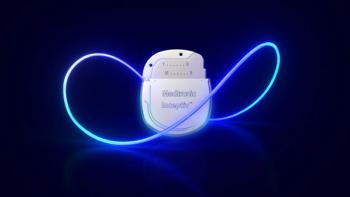
Reportedly the smallest and thinnest implantable spinal cord stimulator (SCS) device, the Inceptiv closed-loop SCS modality allows access to 1.5T and 3T full-body MRI without power restrictions.
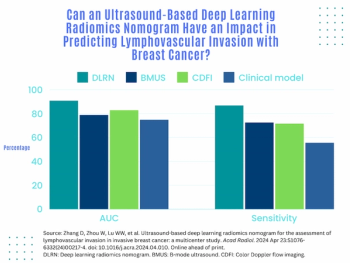
An emerging deep learning radiomics model, based on B-mode ultrasound and color Doppler flow imaging, demonstrated a 91 percent AUC for predicting lymphovascular invasion in a multicenter study of women with invasive breast cancer.

Combining a support crossing catheter with intravascular ultrasound imaging, the Provisio SLT IVUS System offers simultaneous real-time visualization and measurement of vessel lumen.

One of the recommendations from the European Society of Breast Imaging (EUSOBI) is annual breast MRI exams starting at 25 years of age for women deemed to be at high risk for breast cancer.
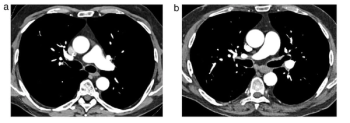
In comparison to energy-integrating detector CT for the workup of suspected acute pulmonary embolism, the use of photon-counting detector CT reduced radiation dosing by 48 percent, according to newly published research.
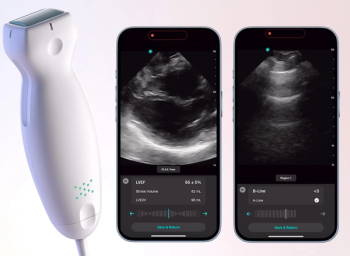
The artificial intelligence (AI)-powered applications reportedly allow clinicians to diagnose pulmonary edema and measure left ventricle ejection fraction within seconds.
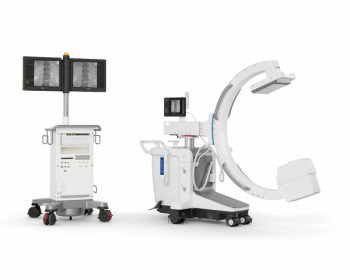
In addition to advanced imaging quality and dose efficiency, the Philips Zenition 30 mobile C-arm device emphasizes personalized user profiles and automated customization to help reduce procedure time.

In a study of women with oligometastatic breast cancer, the use of 18F-FDG PET/CT detected additional metastases in one-third of cases that were not evident on conventional CT.
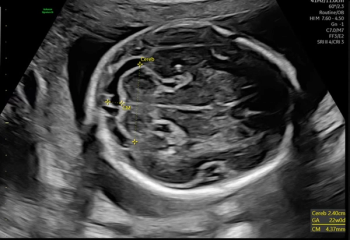
One of the features on the new Voluson Signature 20 and 18 ultrasound devices reportedly uses automated AI tools to facilitate a 40 percent reduction in the time it takes to perform second trimester exams.
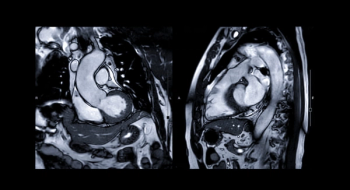
While noting inconsistencies with the diagnostic yield of cardiac MRI in patients who survived sudden cardiac arrest, researchers cited unique advantages in characterizing ischemic cardiomyopathy (ICM) and facilitating alternate diagnoses.
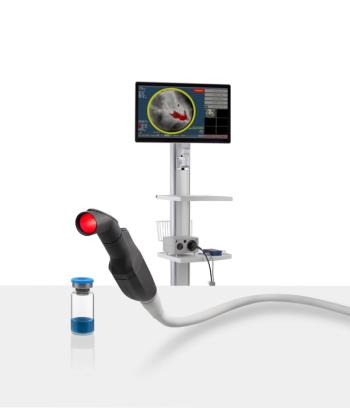
The combination of the optical imaging agent Lumisight and the fluorescence imaging device Lumicell Direct Visualization System, collectively known as LumiSystem, reportedly offers 84 percent accuracy with real-time detection of residual breast cancer after lumpectomy procedures.

A recent meta-analysis found that multiparametric MRI and PET/CT had comparable detection rates for diagnosing prostate cancer recurrence.
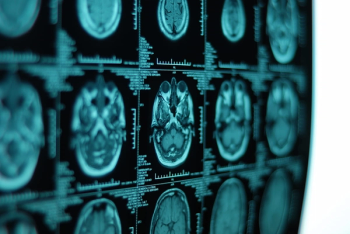
The use of continuous ofatumumab in patients within three years of a relapsing multiple sclerosis diagnosis led to substantial reductions in associated lesions on brain MRI scans, according to research recently presented at the American Academy of Neurology (AAN) conference.
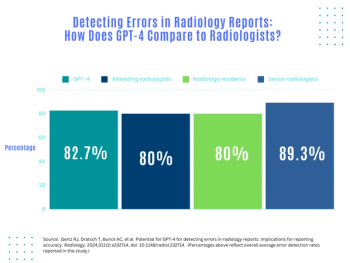
A new study shows that GPT-4 may offer comparable error detection rates to those of attendings and radiology residents in reviewing radiology reports, but researchers noted key caveats as well.
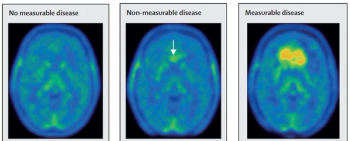
A positron emission tomography (PET) agent that targets LAT1 and LAT2 membrane transport proteins, TLX101-CDx or 18F-floretyrosine could be utilized to help characterize progressive or recurrent glioma.
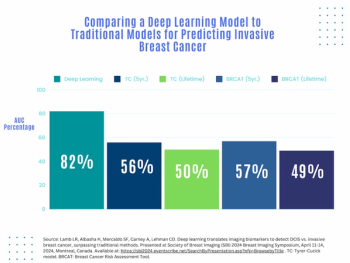
Artificial intelligence (AI) assessment of mammography images may significantly enhance the prediction of invasive breast cancer and ductal carcinoma in situ (DCIS) in women with breast cancer, according to new research presented at the Society for Breast Imaging (SBI) conference.
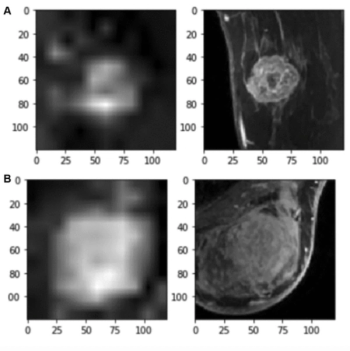
For the prediction of axillary lymph node metastasis in patients with breast cancer, an MRI-based, 4D convolutional neural network model demonstrated an AUC of 87 percent and sensitivity of 89 percent, according to new research.

Discussing findings from a new study presented at the Society for Breast Imaging (SBI) conference, Shahrzad Tavana, M.D., detailed the significant impact of training sessions for MRI technologists in improving breast positioning, optimal field of view and accuracy of sequence submissions to PACS for breast MRI exams.

The inclusion of simulated adjudication for resolving discordant nodule classifications in a deep learning model for assessing lung adenocarcinoma on chest CT resulted in a 12 percent increase in sensitivity rate.

Leveraging artificial intelligence, the Rho software assessment of X-rays may allow earlier detection of bone loss.
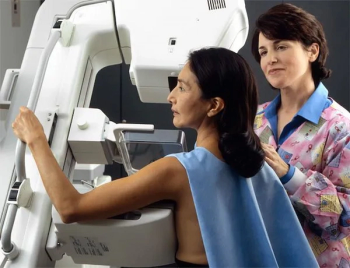
Patients with Medicaid or means-tested insurance were over 27 percent more likely to miss mammography appointments, and only 65 percent of women with three of more adverse social determinants of health had a mammography exam in a two-year period covering 2020 and 2021, according to new research and a report from the CDC.
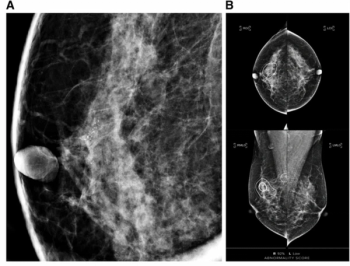
Emerging research suggests that an artificial intelligence (AI) score of 75 or greater for mammography abnormalities more than doubles the likelihood of invasive upgrade of ductal carcinoma in situ (DCIS) diagnosed with percutaneous biopsy.
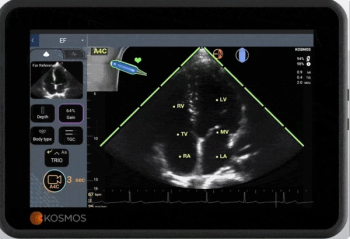
Strain imaging analysis is one of the automated parameters included in the newly FDA-cleared Us2.v2 software for adjunctive review of echocardiographic images.
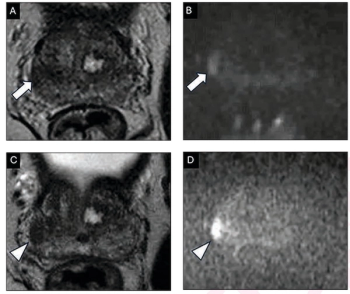
In a recent review, researchers examined the pros and cons of specialized scoring systems for prostate MRI, including the PI-QUAL score, PRECISE recommendations, PI-RR scoring and PI-FAB assessments.
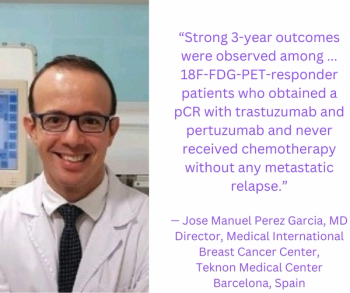
Utilizing PET imaging to assess pathologic complete response to the combination of trastuzumab and pertuzumab for patients with HER2-positive breast cancer, researchers noted a 94.8 percent rate of invasive disease-free survival at three years.
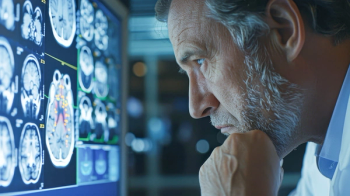
In an attempt to navigate the imbalance between rising imaging volume and a shortage of radiologists, researchers proposed a variety of measures that may provide additional resources, bolster productivity, and help mitigate burnout.

In addition to full-field digital mammography and titanium contrast-enhanced mammography capabilities, the Mammomat B.brilliant system also offers ergonomic, workflow and patient comfort benefits.
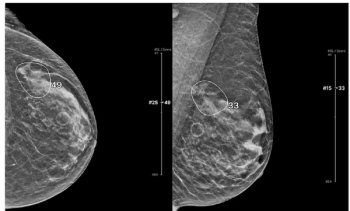
An emerging artificial intelligence (AI) model demonstrated more than 12 percent higher specificity and reduced image reading time by nearly six seconds in comparison to unassisted radiologist interpretation of digital breast tomosynthesis (DBT) images.

The addition of Caption AI to the handheld ultrasound device Vscan Air SL may facilitate optimal imaging for point-of-care cardiac evaluation.